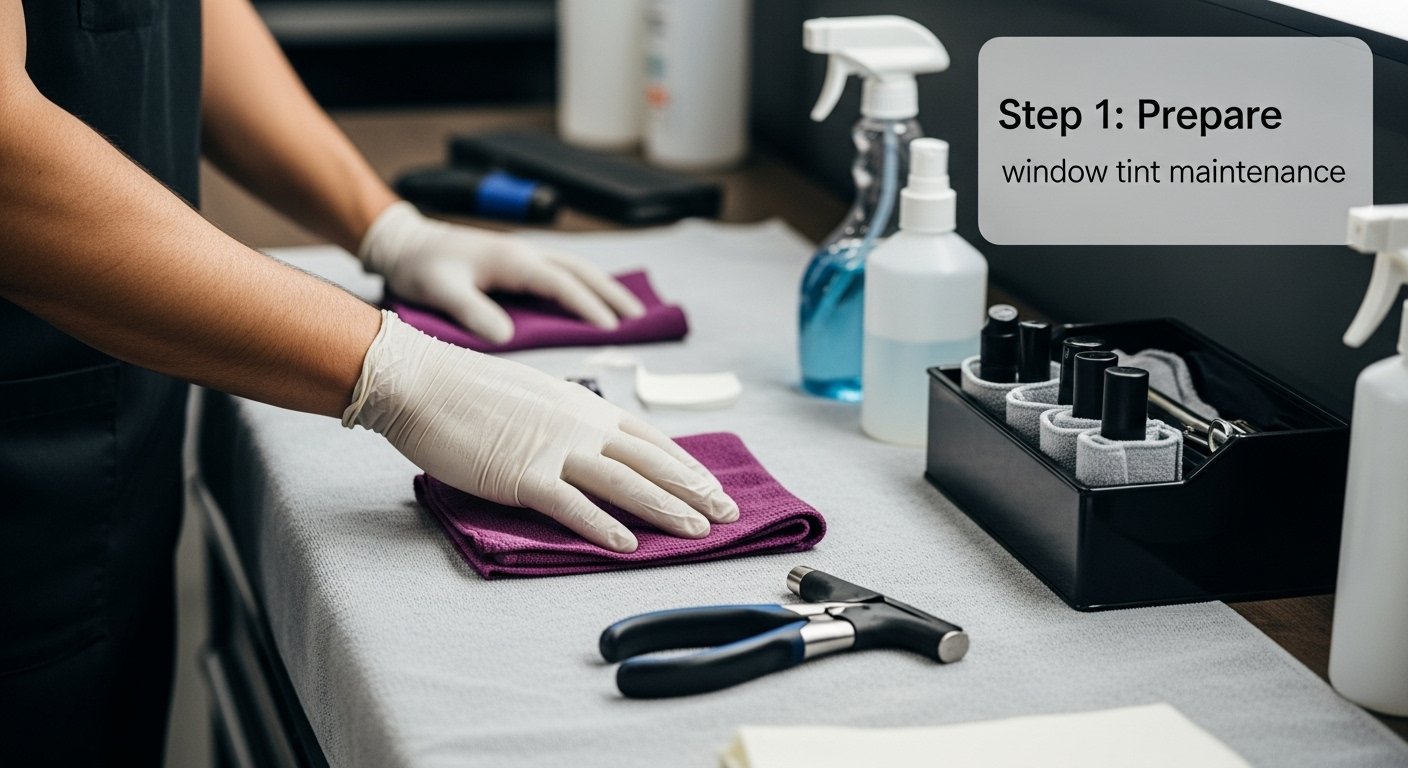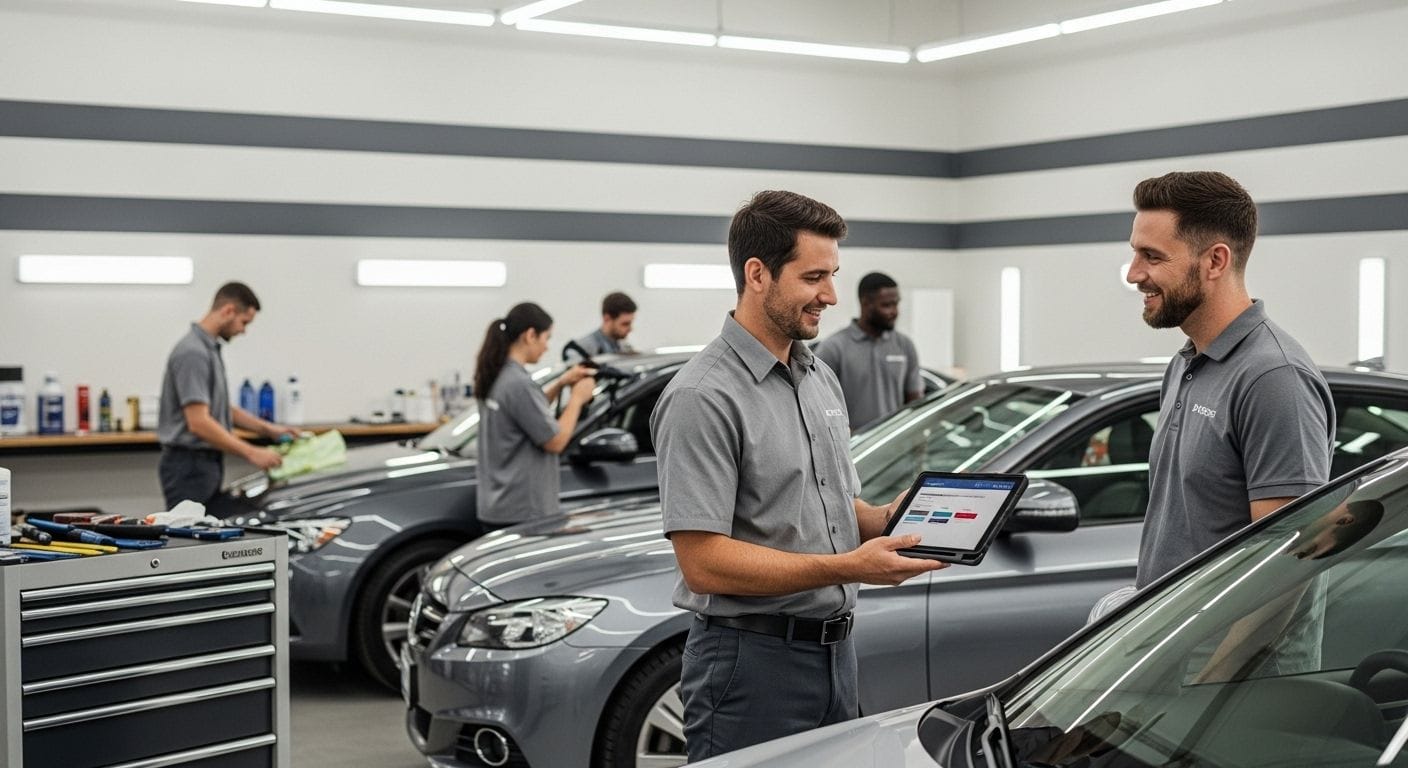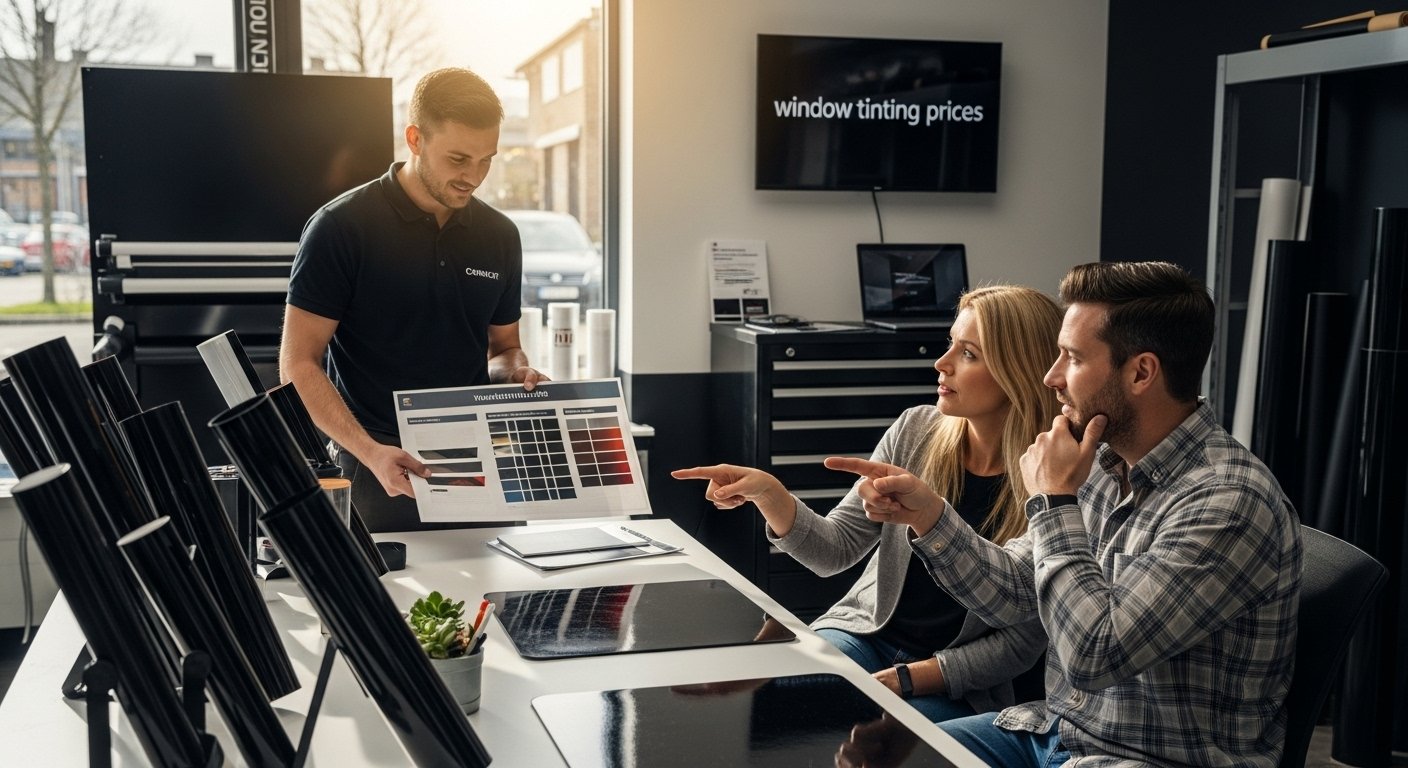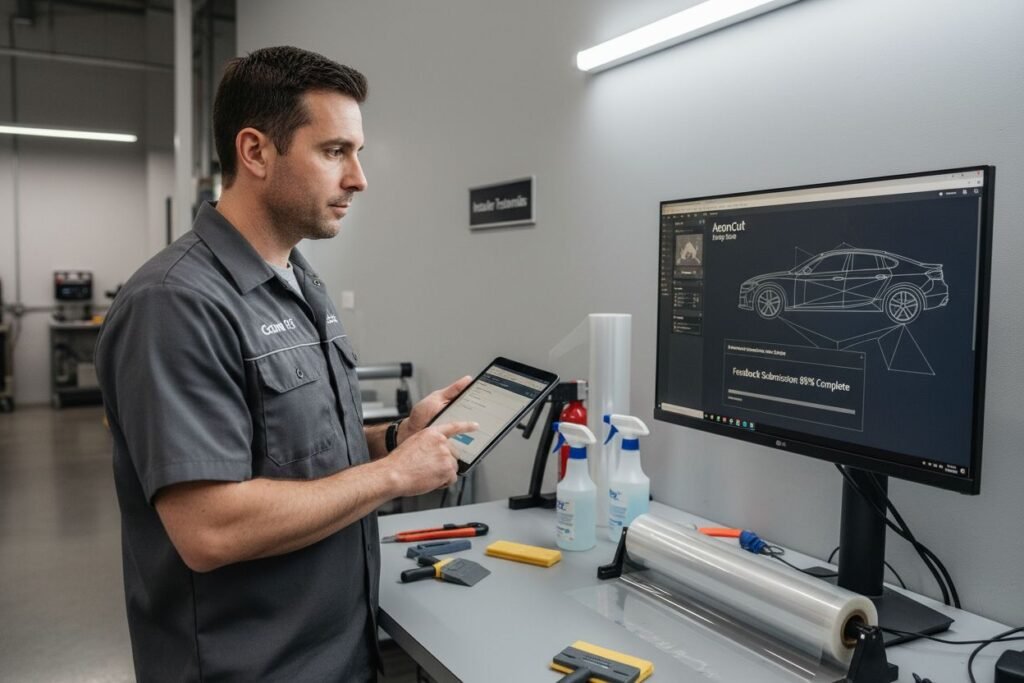
Installer feedback shapes the real-world success of automotive protection film software far more than developers might expect. Personal connections top the list when it comes to gathering honest opinions and direct outreach yields the most authentic testimonials from professionals. Surprising as it sounds, the most powerful insights rarely come from glowing reviews or flashy features. They emerge from detailed responses about usability and workflow straight from the people who rely on Aeoncut daily.
Table of Contents
- Step 1: Gather Installer Testimonials And Insights
- Step 2: Evaluate Installer Experiences With Aeoncut Products
- Step 3: Compile And Categorise Feedback For Analysis
- Step 4: Implement Changes Based On Feedback Reviews
- Step 5: Test And Verify Enhancements From Installer Input
Quick Summary
| Key Point | Explanation |
|---|---|
| 1. Collect Authentic Installer Feedback | Engage directly with professional installers for honest insights on Aeoncut’s performance in real-world applications. |
| 2. Evaluate Experiences Systematically | Use a structured framework to assess feedback for comprehensive understanding of installer satisfaction and software efficacy. |
| 3. Organise Feedback for Analytical Clarity | Sort and categorize testimonials methodically to uncover meaningful patterns and areas for improvement in the software. |
| 4. Implement Changes Based on Prioritised Insights | Develop a prioritisation matrix to guide software modifications that enhance workflow efficiency and user experience. |
| 5. Rigorous Testing of Enhancements is Crucial | Employ a thorough verification strategy to validate improvements made from installer feedback, ensuring practical effectiveness. |
Step 1: Gather Installer Testimonials and Insights
Collecting authentic installer experiences forms the foundational groundwork for understanding how Aeoncut software performs in real-world automotive protection film environments. This step requires strategic approaches to capturing genuine professional insights that reveal both strengths and potential improvement areas for the software.
The most effective method begins with direct professional outreach. Professional installers represent the core user base for Aeoncut, and their perspectives are invaluable. Start by identifying experienced PPF and window tint professionals through industry networks, professional associations, and targeted online forums. Personal connections matter most in gathering honest feedback.
When soliciting testimonials, craft communication that encourages comprehensive and transparent responses. Design your inquiry template to prompt detailed narratives about specific software interactions. Ask open-ended questions that invite installers to share nuanced experiences such as workflow efficiency, pattern precision, time savings, and any challenges encountered during implementation. Learn more about effective installer training techniques to complement your testimonial gathering process.
Multiple feedback collection channels enhance data richness. Consider implementing several approaches simultaneously:
- Direct email interviews with established industry professionals
- Anonymous online surveys with structured yet flexible questioning
- Video testimonial requests for more dynamic, narrative-driven insights
- Social media engagement in professional automotive customization groups
While collecting testimonials, maintain rigorous documentation and confidentiality protocols. Organize responses systematically, categorizing feedback by themes like software usability, cutting precision, pattern library comprehensiveness, and overall user experience.
Below is a comparison table highlighting different methods for collecting installer feedback as described in the article.
| Method | Description | Data Depth | Anonymity Level |
|---|---|---|---|
| Direct email interviews | One-on-one outreach to industry professionals | High | Low |
| Anonymous online surveys | Structured digital questionnaires filled out anonymously | Medium/High | High |
| Video testimonial requests | Professionals share recorded insights and narratives | High | Low |
| Social media group engagement | Discussions in automotive customisation communities | Varied | Medium |
Successful testimonial gathering is characterized by depth, diversity, and genuine professional perspectives. Your goal isn’t merely collecting positive statements but understanding the genuine installer experience with Aeoncut software across various professional scenarios and skill levels.
Step 2: Evaluate Installer Experiences with Aeoncut Products
Evaluating installer experiences requires a systematic approach that transforms raw testimonials into meaningful insights. This critical step moves beyond simple data collection, focusing on comprehensive analysis that reveals the true performance and user satisfaction with Aeoncut software across professional automotive protection film environments.
Quantitative and qualitative assessment methods are essential in creating a holistic understanding of installer experiences. Begin by developing a structured evaluation framework that captures multiple dimensions of software interaction. This framework should include performance metrics, usability factors, time efficiency, pattern accuracy, and overall professional utility. Explore advanced installer training techniques to complement your comprehensive evaluation process.
Categorize the gathered testimonials into specific performance segments to enable nuanced analysis. Key evaluation areas should encompass cutting precision, pattern library comprehensiveness, software interface intuitiveness, cloud-based update reliability, and practical workflow integration. Pay close attention to both overwhelmingly positive experiences and constructive criticism, as both offer valuable insights into potential software improvements.
Implement a weighted scoring system that allows objective comparison across different installer perspectives. Develop evaluation criteria that consider:
- Technical performance metrics
- User interface complexity
- Learning curve requirements
- Cost effectiveness
- Customer support responsiveness
To ensure comprehensive analysis, cross-reference testimonials with measurable performance indicators.
Look for consistent themes and patterns that emerge across multiple professional installer accounts. Triangulate feedback by comparing individual experiences against broader industry standards and technological expectations.
Successful evaluation goes beyond surface-level interpretation. Identify not just what installers say, but the underlying implications of their experiences. Seek to understand the contextual nuances that inform their perspectives. Are challenges related to software design, individual skill levels, or specific automotive protection film application scenarios?
The ultimate goal of this evaluation step is transforming raw feedback into actionable intelligence. By meticulously analyzing installer experiences, you create a robust understanding of Aeoncut software’s real-world performance, potential improvement areas, and its genuine value proposition within the professional automotive customization ecosystem.
The following table summarises the step-by-step process for turning installer feedback into actionable software improvements.
| Step | Main Activity | Key Outcome |
|---|---|---|
| Gather Testimonials | Collect authentic installer insights via direct outreach | Real-world user perspectives |
| Evaluate Experiences | Systematically analyse and compare feedback | Identify strengths and areas for improvement |
| Compile & Categorise | Organise feedback by sentiment, technical rating, and efficiency | Actionable thematic clusters |
| Implement Changes | Develop prioritisation matrix and roadmap for developments | Focused software modifications |
| Test & Verify | Rigorously test enhancements with professional installers | Validated, practical solutions |
Step 3: Compile and Categorise Feedback for Analysis
Compiling and categorising installer feedback transforms raw testimonial data into structured, actionable insights that reveal the genuine performance landscape of Aeoncut software. This crucial step requires systematic organization and sophisticated analytical techniques to extract meaningful professional perspectives.
Systematic documentation forms the foundation of effective feedback compilation. Develop a robust digital repository that allows comprehensive tracking and analysis of installer experiences. Utilize spreadsheet software or specialized qualitative research tools that enable granular tagging and cross-referencing of testimonial elements. Explore advanced feedback categorization techniques to enhance your analytical approach.
Implement a multi-dimensional categorization framework that captures the nuanced experiences of automotive protection film professionals. According to systematic qualitative research methodologies, create category clusters that assess different software interaction dimensions such as technical performance, user experience, workflow integration, and overall professional utility.
Establish clear classification criteria to ensure consistent and objective feedback interpretation. Your categorization should include:
- Sentiment analysis (positive, neutral, negative)
- Technical performance ratings
- Workflow efficiency metrics
- Pattern accuracy assessments
- Professional skill level correlations
Digital tools play a pivotal role in transforming unstructured feedback into meaningful insights. Leverage text analysis software that can perform automated sentiment tracking, keyword identification, and thematic clustering. Professional-grade qualitative research platforms offer advanced features like semantic analysis and trend mapping, enabling deeper understanding of installer experiences.
Consider implementing a weighted scoring system that provides nuanced perspective beyond simple categorical assignments. This approach allows for more sophisticated interpretation of installer feedback, recognizing that professional experiences often exist on complex, multidimensional spectrums rather than binary classifications.
Successful feedback compilation goes beyond mechanical sorting. Seek to understand the contextual narratives underlying installer testimonials. Look for recurring themes, unexpected insights, and potential areas of software improvement that might not be immediately apparent through superficial analysis.
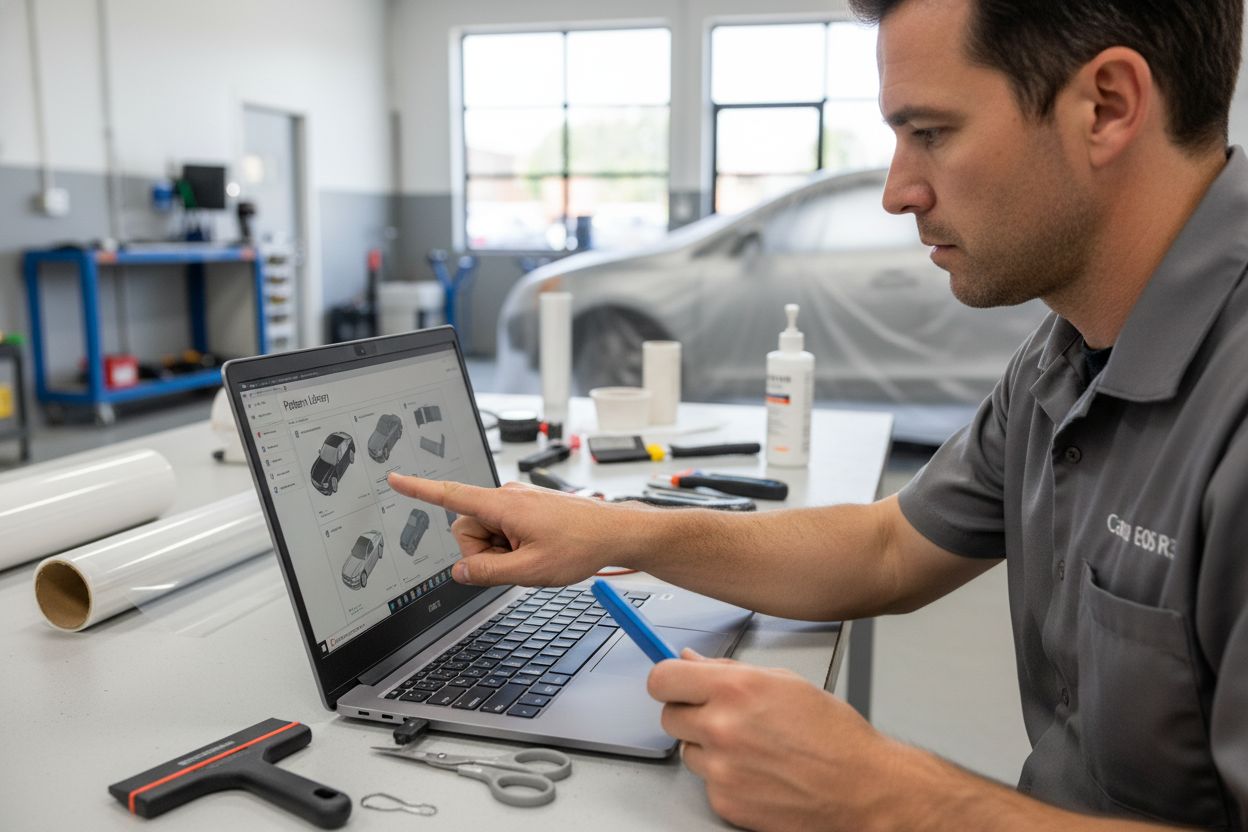 The goal is transforming raw testimonial data into a comprehensive understanding of Aeoncut software’s real-world performance and professional utility.
The goal is transforming raw testimonial data into a comprehensive understanding of Aeoncut software’s real-world performance and professional utility.
Step 4: Implement Changes Based on Feedback Reviews
Implementing changes derived from installer feedback represents a critical transformation phase where gathered insights translate into tangible software improvements. This step demands strategic prioritization, technical precision, and a commitment to continuous professional product enhancement.
Systematic change implementation requires a methodical approach. Begin by creating a comprehensive prioritization matrix that ranks potential software modifications based on frequency of installer mentions, potential impact on workflow efficiency, and technical feasibility. Explore advanced installer training techniques to understand how software improvements can complement professional development.
According to user feedback incorporation research, successful product refinement involves collaborative decision making. Establish a cross-functional team comprising software developers, product managers, and representative installers to review and validate proposed changes. This collaborative approach ensures that modifications address genuine professional needs while maintaining technical integrity.
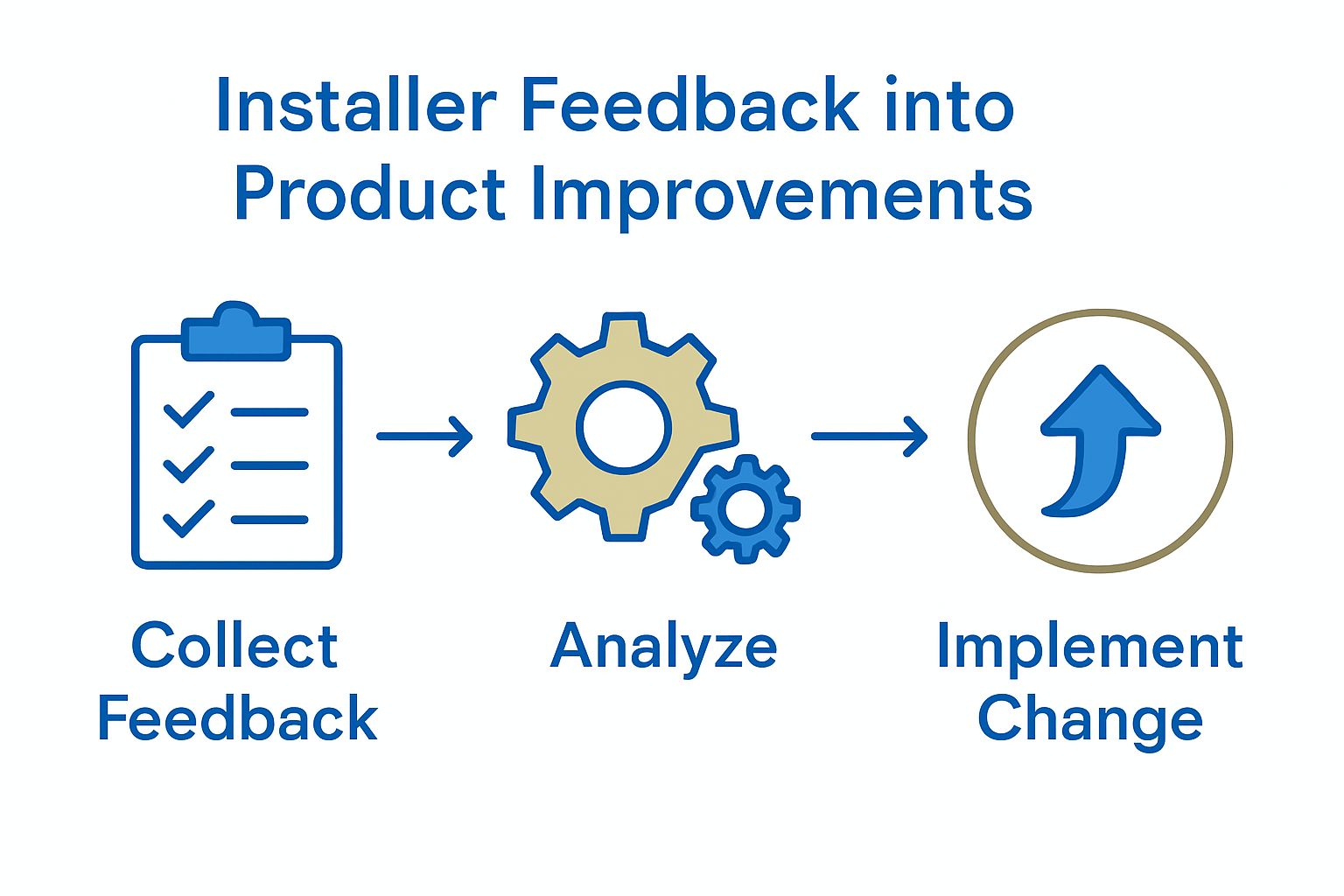
Develop a structured implementation roadmap that breaks down complex modifications into manageable development sprints. Prioritize changes that offer the most significant immediate value to automotive protection film professionals. Your roadmap should include:
- Clear modification objectives
- Estimated development timelines
- Resource allocation requirements
- Potential technical challenges
- Preliminary testing protocols
Transparent communication becomes paramount during the change implementation process. Create mechanisms for ongoing installer engagement, such as beta testing programs, feedback channels, and periodic update communications. This approach demonstrates responsiveness and builds trust within the professional community.
Implement a robust testing framework that rigorously validates each proposed modification. Develop comprehensive test scenarios that simulate real-world automotive protection film installation environments. Engage a diverse group of professional installers to provide nuanced feedback during the validation phase, ensuring that software improvements genuinely enhance professional workflows.
Successful change implementation transcends mere technical adjustments. The ultimate goal is creating a responsive, installer-centric software ecosystem that continuously evolves to meet the dynamic needs of automotive protection film professionals. By transforming installer feedback into strategic software enhancements, you demonstrate a commitment to professional excellence and technological innovation.
Step 5: Test and Verify Enhancements from Installer Input
Testing and verifying software enhancements represents the critical validation phase where proposed modifications undergo rigorous professional scrutiny. This step transforms theoretical improvements into measurable, practical solutions that genuinely address automotive protection film installer needs.
Comprehensive testing requires a multifaceted verification strategy that goes beyond standard software quality assurance protocols. Develop a structured testing framework that simulates authentic professional installation environments, capturing the nuanced challenges faced by PPF and window tint specialists. Explore advanced installer training methodologies to complement your enhancement verification process.
Design a strategic testing approach that incorporates both quantitative performance metrics and qualitative user experience assessments. Invite a diverse group of professional installers representing different skill levels, specialization areas, and technological familiarity to participate in controlled testing scenarios.
Establish precise verification criteria that comprehensively evaluate software enhancements:
- Performance consistency across multiple vehicle models
- Pattern accuracy and cutting precision
- User interface responsiveness
- Workflow integration efficiency
- Compatibility with existing installation tools
Implement a phased testing methodology that progressively validates software modifications. Begin with controlled laboratory environments, gradually expanding to real-world professional scenarios. Develop comprehensive documentation protocols that capture detailed feedback, tracking every interaction, challenge, and potential improvement opportunity.
Utilize advanced testing technologies such as simulation software, performance tracking tools, and data analytics platforms to generate objective, measurable insights. Create comparative benchmarks that demonstrate tangible improvements resulting from installer-driven software modifications. These empirical measurements provide concrete evidence of enhancement effectiveness.
Successful verification extends beyond technical validation. The ultimate objective is creating a collaborative improvement ecosystem that continuously adapts to professional needs. By meticulously testing and verifying installer-inspired enhancements, you demonstrate a commitment to responsive, user-centric software development that genuinely understands and addresses the evolving challenges of automotive protection film professionals.
Turn Real Installer Feedback into Your Competitive Advantage
Stop struggling with slow software, inaccurate cuts, or outdated pattern libraries. If reading honest stories from installers left you craving a more reliable window tint and PPF solution, you are not alone. Many professionals in the trade voice concerns over workflow bottlenecks, material waste, and a lack of responsive updates. Our article highlighted the need for precise tools, cloud-based updates, and a system that truly listens to users to drive improvements. Discover how our advanced window tint solutions are redefining installer satisfaction with proven results.
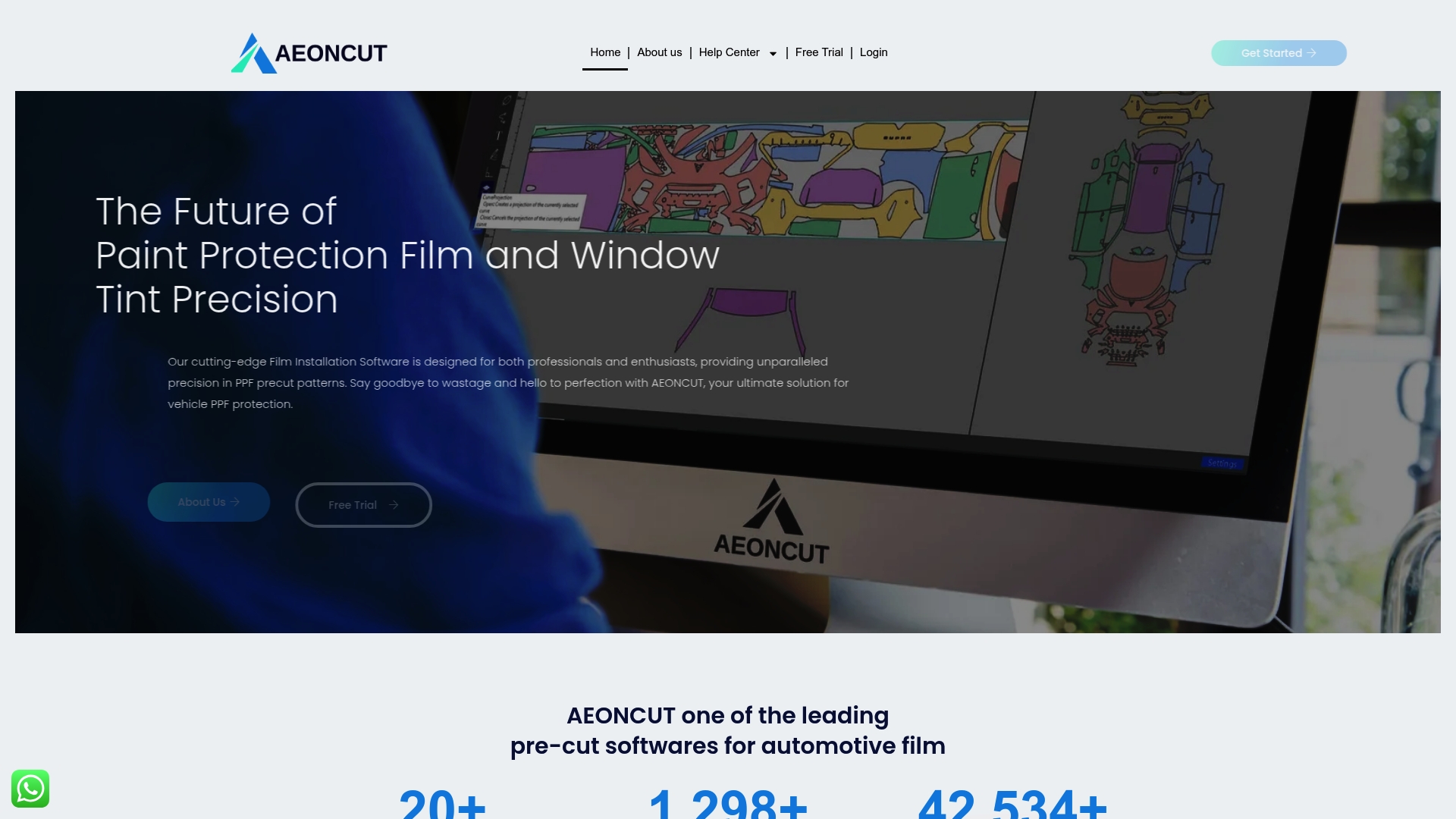
Do not just read about progress – experience it for yourself. At aeoncutsw.com, you gain access to the same trusted software that power users praise for dependable patterns, real-time updates, and comprehensive support. Now is the best time to see efficiency in action. Explore our latest software updates and join a community that values your feedback. Start your journey with a free demo or subscription plan and never look back on old frustrations.
Frequently Asked Questions
How can I effectively gather testimonials from installers using Aeoncut software?
To effectively gather testimonials, start by reaching out directly to professional installers through industry networks and forums. Encourage them to share detailed experiences about software interactions by asking open-ended questions related to workflow efficiency and precision, while ensuring confidentiality in your documentation process.
What are the key areas to evaluate in installer feedback for Aeoncut products?
Key areas to evaluate include cutting precision, software interface usability, pattern library comprehensiveness, and time efficiency. Organise the feedback by categorising it into these segments, allowing for a nuanced analysis that highlights both strengths and areas for improvement.
How do I compile and categorise feedback from installers to derive actionable insights?
Compile feedback by systematically documenting installer experiences in a digital repository. Use a multi-dimensional categorisation framework that includes sentiment analysis and performance ratings, enabling a more structured interpretation of the data collected.
What steps should I follow to implement changes based on installer feedback?
Begin by creating a prioritisation matrix to rank potential changes based on installer frequency of mentions and impact on workflows. Collaborate with your team to develop an implementation roadmap, breaking down modifications into manageable tasks while maintaining clear communication with installers throughout the process.
How can I test and verify software enhancements suggested by installers?
To test enhancements, develop a structured testing framework that simulates real-world installation environments. Engage diverse professional installers for comprehensive feedback during the verification process, evaluating aspects such as pattern accuracy and workflow integration to ensure modifications genuinely meet professional needs.
What is the importance of collecting genuine installer experiences with Aeoncut?
Collecting genuine installer experiences is crucial for understanding the software’s real-world performance and identifying areas for improvement. This feedback helps in refining the product, ensuring it meets the actual needs of automotive protection film professionals and enhances their work efficiency.
Recommended
- How to Train New Installers Using Aeoncut Tutorials Effectively – AEONCUT PPF Pre-cut Cutting software
- How to Train New Installers Using Aeoncut Tutorials Effectively – AEONCUT PPF Pre-cut Cutting software
- How to Train New Installers Using Aeoncut Tutorials Effectively – AEONCUT PPF Pre-cut Cutting software
- AI AutoNest in PPF Cutting: How Aeoncut Saves Time & Material – AEONCUT PPF Pre-cut Cutting software


